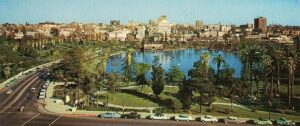One of our most extraordinary journeys across the USA was our drive from Los Angeles to Denver. Our first stop was at Furnace Creek. Several years before we intended to drive there, but Los Angeles was cut off by an unseasonable storm which dumped a load of snow around Los Angeles in the San Gabriel Mountains, cutting off the route to Death Valley.
This time it was on the cusp of summer and it was about a five hour drive straight after clearing customs and picking up the hire car following the flight from Australia. The drive was a little arduous. It takes a seemingly endless time to leave LA behind. However, it was a necessity as it happened to be the last day that the resort at Furnace Creek remained open before it was due to close for summer.
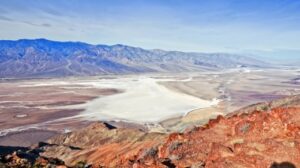
Death Valley has always been one of the hottest places on Earth, and even then was not open over the summer months. We had time to look around and feel the dryness and the heat, but hardly the temperature being experienced at the present time. Furnace Creek, where its temperature is measured, sits at 58 metres below sea level in the Mojave Desert.
As The Washington Post noted this past week: the third massive heat wave in three weeks kicked off in the West on Friday, Death Valley, Calif., soared to a searing 130 degrees. If confirmed, it would match the highest known temperature on the planet since at least 1931, which occurred less than a year ago. Friday’s 130 degree (54.4c) reading comes after it hit 126 degrees (52.2c) on both Wednesday and Thursday. It’s predicted to reach as high as 132 (55.6c) degrees on Saturday and 130 (54.4c) on Sunday. Night time lows may stay above 100 (37.8c) until the middle of next week.
What with the Pacific Northwest temperatures last week, anybody for climate change denial? What was that about coal fired power stations now? I’m beginning to believe that nobody who is due to shuffle off the mortal coil should be allowed to vote, so much have we stuffed up the World.
But wait, there is more; from The Boston Globe describing the wettest July on record:
Flash flood warnings, tornado alerts, heat advisories, and of course, rain, rain, and more rain. Hey, whoever’s in charge here, we’d like a refund, please. We were promised Hot Vax Summer, but instead, we’re getting a soggy slap in the face. Couples who postponed their weddings because of COVID find themselves dashing to the church amid downpours. Families gathered for overdue summer reunions are enjoying more together time than they bargained for. Restaurateurs eager to make an extra buck on outdoor dining are chasing runaway umbrellas.
I doubt if this will feature on the National Party dashboards.
Information in the Soot
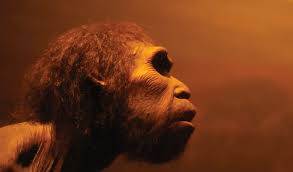
I am indebted for the inspiration for the following blog to a review in The New York Review by Tim Flannery of a book just published entitled: “Kindred: Neanderthal Life, Love Death and Art” by Rebecca Sykes. I have quoted from it.
Rebecca Sykes is a young Welsh palaeontologist who has spent a great amount of time in the south of France scouring the caves for signs of Neanderthal life. She is an inveterate writer and this book, which has attracted wide recognition, is her latest opus.
What I found especially interesting was the concept that soot on the cave walls can be used as a clue to age.
Fulginochronology was established three years ago as a scientific method. It is an advance in scrutinising our ancestral navel that has not been given much prominence. It involves the study of miniscule stratigraphic layers of soot on cave walls. The fossil soot build-up is a microscopic barcode printed on the walls of the cave. Each single bar line represents one specific moment of burning, around a hearth in a cave. These timelines can be read to create a chronology of events within the cave as different groups of Neanderthals and Homo Sapiens came and went. The technique has been used in the Mandrin Cave in south-east France and in the El Salt caves in Eastern Spain.
Esoteric, yet important in defining the life and times of Neanderthal man and their interaction with Homo Sapiens, and the overarching question of hybridisation. It is fascinating to think that those people roaming Europe are increasingly thought to be a hybridisation of the two occurring about 40,000 years ago. The discovery of skeletons in Europe dating from that period shows all were hybrids. It is as if suddenly the hybrids took over Europe at that time.
The concept of fulginochronology intrigued. I look forward to reading the book, once our copy reaches Australia. The question I would like answered is how do these data fit into the assertion that the Aboriginal people have been here for 65,000 years, in effect predating any hybridisation event. Maybe we need a bit of fulginochronology, Tim, in places like the Jenolan Caves.
The Cave of Niaux
We had always wanted to see the caves at Lascaux with gallery after gallery of images of animals, all painted in the Paleolithic period by the Magdalénians about 15,000 years ago. Sealed at some stage during this prehistoric period, they lay unknown until accidently discovered by a group of boys in 1940. Opened in 1948 to the general public, it took only 15 years before the caves needed to be closed to the public because of the damage being done by the carbon dioxide in the expired air of the tourists. There were up to 1,200 tourists coming through each day, including Picasso who, on seeing the art, said that we had not learned anything new. Thousands of years later the skills of the artists were there for all of us to see.
It is suggested that, at that time 40,000 years ago with abundance of food and the benison of tranquil weather in that period, these people had time for developing artistic talent and then marry it with a spiritual philosophy – and the appropriate alignment of such thoughts within their environment, the equivalent of the feng-shui of today’s interior decorators.
Very few people are allowed in to see the paintings, but it is one of the only shows in the world that I would use “my ticket of influence” to see, if I had one. There are at least three Lascaux facsimiles, as there is another depicting the caves of Altamira near its site in Cantabria in Northern Spain. There problem with facsimiles is that, although the reproductions may be excellent, they are not in context. The paintings are of animals, in particular bison, auroch and horse seem to dominate. The colours resemble the ochre colours of our Indigenous people and largely they are drawn using iron and manganese-based pigments. Carbon is used, but apparently not in the Lascaux paintings.
The Altamira caves were discovered in the nineteenth century, and they are almost as well known as those at Lascaux. However again, these caves were closed to the public as of 2002 for much the same reasons as at Lascaux – damage from expired carbon dioxide and the fact that opening the caves up induces changes in the temperature and the humidity so that lichen and moss overgrowth is occurring on what once were plain stone walls. All of these factors contribute to the deterioration of the paintings.
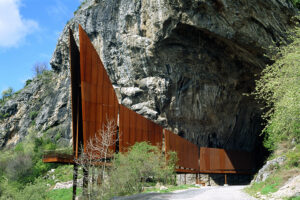
This is where the Niaux Cave comes into the discussion. For some reason we were actually discussing cave paintings and the frustration of not being able to see any of them. We were travelling around the foothills of the French Pyrenees, which is a long way from Lascaux but over the range in Northern Spain were the Altamiras. We had stopped at Foix, a hilltop town and over coffee, we found out we were close to the Niaux Cave. So we drove down and there it was, a majestic entrance which would not have been out of place on the front of a cathedral, a line of steel poles guiding us down the mountainside to the entrance. As we found out the number at any one time permitted in the cave is limited, but we scraped into the afternoon quota.
Descending into the cave with head lighting, walking along a board walk knowing that there were shadowy forms of stalagmites and stalactites strewn along the way, the sound of dripping water, squeezing through and crouching low at several points to progress, it could have been difficult, but mostly it was just a stroll. On the walls the headlights showed a series of glyphs – what may have been signs – and some enigmatic lines of red and black dots along the opposite wall.
We came to an area where pathways crossed. Then we found we were climbing a steep rise into what we learnt later was the Salon Noir. It was about half a kilometre from the cave entrance into this pitch black area. Here we stopped and were instructed to turn out our lights. Even in the pitch black, you knew you were in a large space with a sense of high ceilings. It is strange that this feeling of space did not require vision. The group surprisingly was silent, just outlines alongside me.
Then the guide turned on the light and there were the images of a bison and ibex, lines of black on a rust tinted wall. Time was limited. Photography was prohibited. Once the light was turned out, that was that. Sure, they illuminated the salon to show how domed the chamber was – the acoustic quality of the chamber was tested.
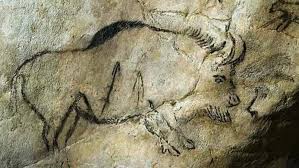
There was hardly time to absorb the images; if we had been in a facsimile of the chamber, we would have had more time to view the images; even be able to photograph; there would not have been the conservation restrictions. Stepping forward, we now have virtual reality technology, so in future we will probably not be restricted to one gallery, but be able to see the whole complex through the eyes of the palaeontologist, being able to stop, rewind, fast forward – see more than we did without the discomfort and cost of being on site. We could be force fed a commentary; and with such devices able to store the memory, not even have to remember. Just press a button, and there they are, remarkable images in a virtual cave
I have seen many Aboriginal rock paintings on site; they tend not to be in the depth of caves, but then again if the mining industry continues to blow them up with the connivance of government here in Australia, it just becomes an academic matter. I have been privileged to see some of these paintings, but I admit I have not trekked for days to see them if there’s been an opportunity to see them in a book, in a museum, or on film.
So why do we do it? Why trek to some cave? For me, it is a sense of a different space, each of these spaces is unique, and the fact that where I was standing some artist a few millennia ago was viewing his or her masterpiece, but at least he or she had control of the flame to show what had been drawn for me to see. My time was limited to wonder at the genius of these drawings deep in a cave where sunlight could not reach.
Tartuffi not Tartuffe
Lockdown is tedious, but that is the strategy which has worked to curb the spread of the Virus if properly policed and where the community is compliant. It is essential, and there is no point looking for scapegoats. You can fine them; you can penalise them within the confines of society norms, which no longer believe that stocks and pillory are acceptable, but in the end lockdown is group punishment.
It was in this context and realising it was the season for them, we decided to purchase a truffle. Our prime epicurean son who unlike us lives in free range Australia agreed that the best truffles in Australia do come from Manjimup in Western Australia in a season which extends through winter to early spring.
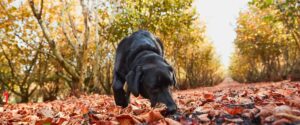
So, we purchased a substantial fresh truffle which was delivered, vacuum packed, a few days after it was ordered. The package contained a note from the Truffle dog that snuffled it out of the round. As she said in her dog-eared note, Gaby warned us never to get in her way when she was hunting.
These truffles are related to those found in Périgord, and we noted that ours has fine white lines running through it, the sign of a good truffle. This morning it was time for scrambled eggs with visible slices of truffle, not the normal dark sprinkled confetti when you order any eggs allegedly with truffles in that local posh breakfast establishment.
Needless to say, the online shopping outlet had a truffle slicer for sale. Now how could one resist the temptation to buy this vital everyday requirement for the kitchen? It was a handsome, if somewhat terrifying serrated stainless steel implement. What was interesting to me was this affettatartufi in acciano inoz con manico in pallisandro (stainless steel truffle slicer with a wooden handle) was made not in China but in Italy.
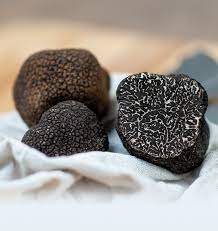 Although France is associated with truffles, the most expensive ones are the white truffles found in Piedmont and Tuscany. Their prices can approach $10,000 a kilogram (whereas the Australian black Périgord truffles retail for $2,000 a kilogram). The white truffles are scarce, partially because nobody has ever been able to cultivate them. Needless to say, there is all this palaver about their smell and taste to justify the lengths to which people go to find these potato-shaped fungi.
Although France is associated with truffles, the most expensive ones are the white truffles found in Piedmont and Tuscany. Their prices can approach $10,000 a kilogram (whereas the Australian black Périgord truffles retail for $2,000 a kilogram). The white truffles are scarce, partially because nobody has ever been able to cultivate them. Needless to say, there is all this palaver about their smell and taste to justify the lengths to which people go to find these potato-shaped fungi.
The truffle slicer was what intrigued me to find out more, because it was made in Italy by a firm which has been in this sort of business for a long time – Sanoma Ambrogio. Perhaps I am just showing my ignorance, but then is that not the reason for pressing on – to show how much you don’t know?
Ambrogio Samona was the founder of the firm, which bears his name in reverse, which still manufactures its high quality product in Premona, a mountain municipality north of Milan. Here in the surrounding mountains iron ore has been mined for millennia, but Premona came into prominence in the Middle Ages because many of the iron workers were lured to Venice, and there was apparently an exchange between the two.
Originally settled by the Romans as a castra in the first century, but as is known the Romans were not great metallurgists and used brass in preference to iron. Steel-making was known for a very long time when the early metallurgy-minded noted that adding carbon to the smelted iron resulted in steel, albeit as a boutique process, used from the middle ages – mostly for armaments. There were Premonan artisans in the Venetian arsenal from that time onwards, making arms for battle, including sword blades. The best steel then came from southern India, and how they produced it has been lost; but in the Middle Ages there were also renowned steel makers in Damascus. The technology spread westwards.
Steel increasingly switched from being the accompaniment of war to that of the butcher and the kitchen. This firm, which provided our truffle slicer, was founded in 1863, and built up an international reputation so it has not only survived but also diversified.
Stainless steel came into use when it was found that the addition of chromium inhibited rust. Now the steel used by Sanelli has many additives, vanadium, molybdenum and others like spices in a kitchen so that the knives of Sanelli are just as much a symbol of Italian excellence as Bugatti or Versace, Gucci or Bulgari.
Amazing what you find when you read the outside of the truffle slicer box. And mark my words, this Tartuffo is not, dear Molière, a Tartuffe – it is the real thing.
The Stubbornness of Scott Morrison
On 25 June, the AFR, the cheerleader for the Sydney business community, ran an Editorial entitled “Let’s hope NSW can hold out against lockdown”. Its opening lines were “Sydney remains on a knife edge”. Correct. Then it commends the Premier for keeping her nerve and not locking down the State, “leaving citizens to do the right thing themselves”. Then it goes on that line, “It is a proportional response, says the Editorial writer, whatever that means. This crap is in the same league as “We are taking the matter seriously.”
The Editorial accepts without much conviction that NSW has the best contact tracers on the planet, a claim made by Berejiklian to shore up her initial decision not to lock down Greater Sydney and the Illawarra. By saying that, she may not have recognised the potential damage she has done to the credibility of contact tracing as part of the armoury against the Virus.
This idea that lockdown infringes civil liberties and is Orwellian socialism as contended by the Liberal Party flakes in Victoria ignores the fact that the Virus does not read Hayek when that State was locked down. This neoliberal approach is the sort of dangerous twaddle that has accelerated the pandemic across the globe. Victoria had to deal with its outbreak before a vaccine was available. There’s no need to stir the embers of the disastrous decision making in relation to the choice and purchase of vaccine, which have resulted in the present level of vaccination in Australia. Australia just needs more, both in quantity and in diversity.
While accelerated vaccination provides a security blanket, there is no clear indication of long term efficacy of any of the vaccines. Vaccination provides a level of protection that is an important retardant in the spread of the Virus, even with its cleverness in its ability to change. The uncertainty is attested by the way the timing of the second AstraZeneca vaccine dose has been promoted; and there is no doubt that this vaccine has a noticeable level of morbidity as well as absolute contraindications.
Therefore, at this time and that needs to be stressed, the State Premiers have opted for suppression of the Virus, not the least because of the poor decisions made by the Federal Government and what some see as its indecision. However, it is more stubbornness in relinquishing positions that Prime Minister Morrison takes which probably owes itself somewhat to the rigidity of his upbringing. Maybe that is too sympathetic and just say Morrison has poor judgement.

What worries me is that the contact tracing capacity becomes a casualty – a scapegoat for political indecision. I have been a severe critic of Kerry Chant as I thought the handling of the Ruby Princess was a disgrace and smacked of political interference. As Chief Health Officer, I assumed that she bore responsibility, but others closer to the action said it was not her fault, and she had minimal involvement. If this was so, it was even more an indictment of NSW Health.
A year on and implicated in a pandemic disaster, where politicians are essentially fearful of making difficult unpopular decisions, Dr Chant retains her job, with a tenacity and determination to pursue the Virus. I suspect that when her advice was for lockdown, it was ignored because of her reporting to a Premier whose neither makes difficult decisions nor accepts responsibility when things go wrong. Worse, she had a Health Minister who, at one point, was advocating waving the white flag and saying we may have to live with the Virus, even though Australia has low levels of vaccination.
Hence the very visible presence of Kerry Chant, who could have resigned as I suggested and who would have to be blamed given the continuing scrutiny of NSW having to live with the tag of being the gold standard – a very two-edged foil when a catastrophe occurs.
Just ask Brendan Murphy, who at the beginning of the year was the hero of the pandemic, ACT Person of the Year and now the subject of rumours that the bus is being revved up for his demise. Certainly, his exposure has lessened as the Prime Minister seems to have taken over his role with a new military sidekick called Frewin and no sign of Dr Murphy. Fortunately, Paul Kelly still appears, but how much he is listened to is anybody’s guess.
Kerry Chant was given the title of NSW Woman of the Year in 2020, in effect binding her to the NSW Government and more particularly to the artful Premier. She therefore walks that narrow corridor where a person has to defend her scientific integrity while working for a Government at any moment liable to throw her whole strategy out the window.
It is the same dilemma that Fauci faced with Trump. Having to resist those who want to let the Virus coexist. “Let it rip”. Report of another minister in relation to the northern beaches lockdown that she should take a cut in salary because the Virus had escaped is denied, but from my long experience, such reports are not magical – there is always a source. The dark art of undermining. Then there has been the unfair twittering about her wiping her eye with her mask – an instinctive reaction for which she apologised immediately – and then her crooked glasses (one arm of her spectacles inadvertently broken while she was being interrogated by the media). For God’s sake!
So here I am, championing Kerry Chant. What I fear is that everybody has limits, and I worry how close she is at that limit no matter how great her inner toughness. The contact tracing system is a vital defence mechanism, for the pursuit of the Terrorist Virus. Her devotion to the cause has revealed a steel I did not think she had.
One thing is certain is that singling NSW out as “gold standard” just because it has the same political complexion as the Federal Government, has to stop.
All it does is invest Berejiklian with “teacher’s pet” status, so cessation hopefully will discourage the Prime Minister from continuing to plant wedges in the population. The disgraceful infantile behaviour of the Liberal Party opposition during the Victorian lockdown contrasts with the maturity of the NSW Labor Opposition response in supporting the government.
Perhaps the discussion may turn to ensuring that there is a uniform contact tracing system across the country, rightfully using NSW as a one of the models to be emulated. The problem with suggesting that quarantine and the processes surrounding it are a national responsibility comes against the stubbornness of the Prime Minister – or is it only stubbornness?
Mouse whisper
A sobering introduction from the May 25 New England Journal of Medicine (NEJM) editorial.
When the IOC postponed the Tokyo Olympics in March 2020, Japan had 865 active cases of Covid-19 against a global backdrop of 385,000 active cases. It was assumed that the pandemic would be controlled in 2021 or that vaccination would be widespread by then. Fourteen months later, Japan is in a state of emergency, with 70,000 active cases. Globally, there are 19 million active cases. Variants of concern, which may be more transmissible and more virulent than the original strain of SARS-CoV-2, are circulating widely. Vaccines are available in some countries, but less than 5% of Japan’s population is vaccinated, the lowest rate among all Organization of Economic Cooperation and Development countries.
I’m probably glad that I was not selected for the Rat Run. Perhaps after this Games hopefully the motto will still be Citius – Altius – Fortius, without Aegrius being added.
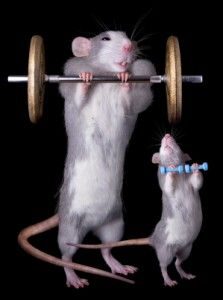
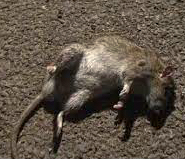


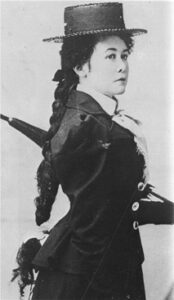

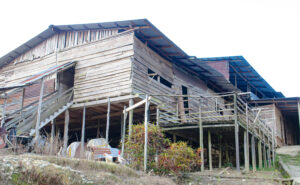
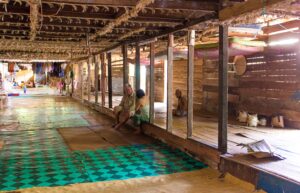
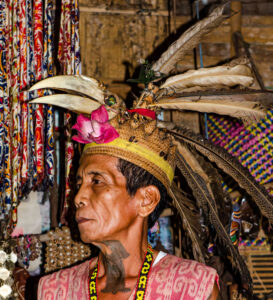
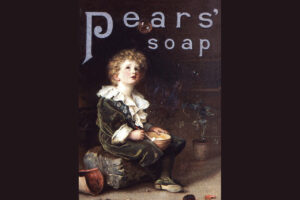
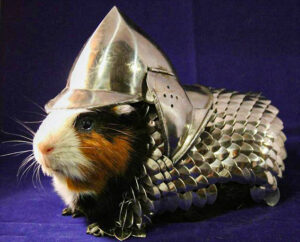
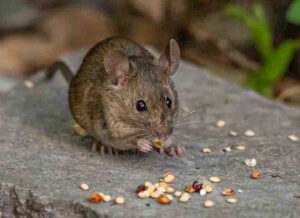
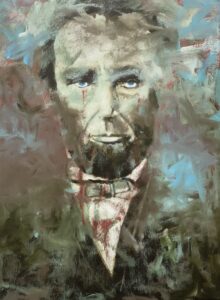

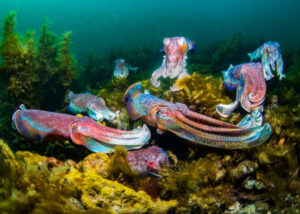
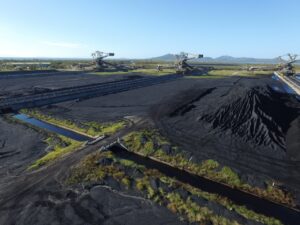
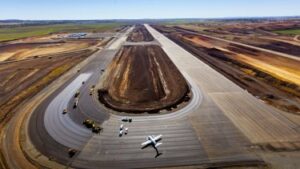
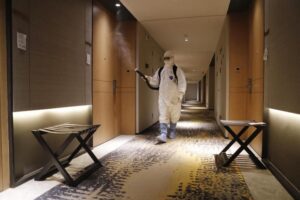



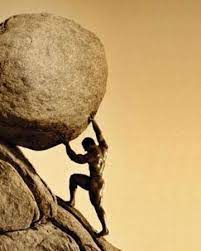
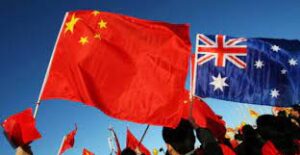
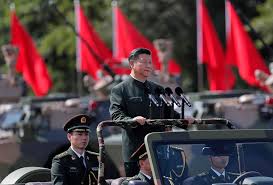
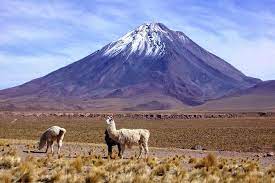
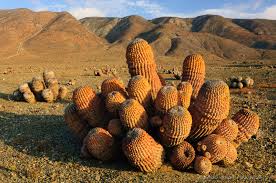
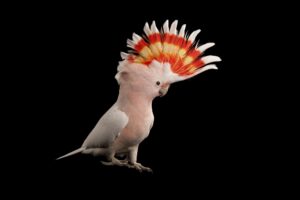

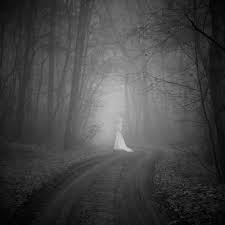

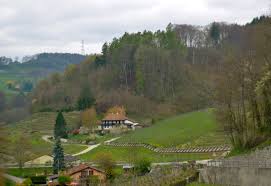



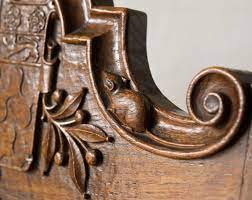
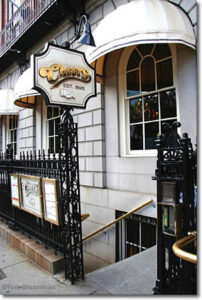
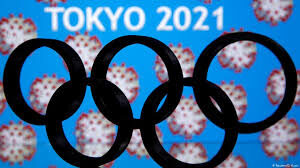
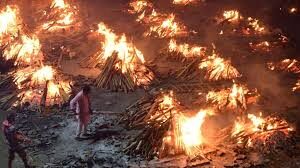
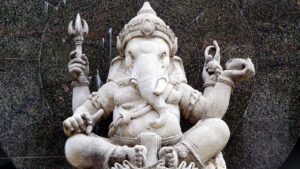
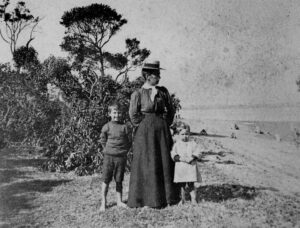
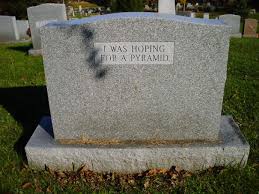

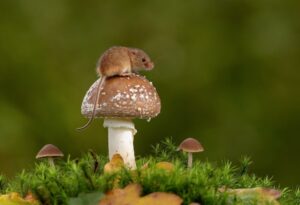

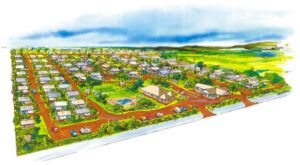

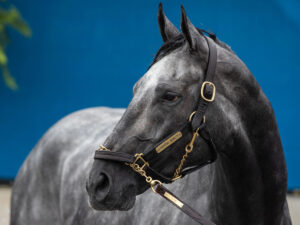

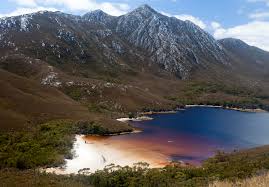
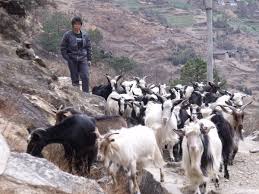



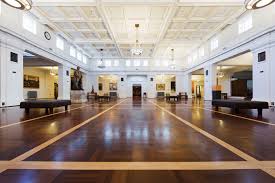

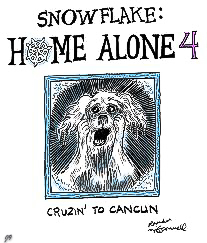

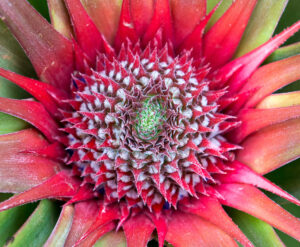
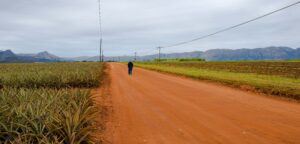
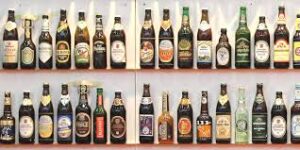
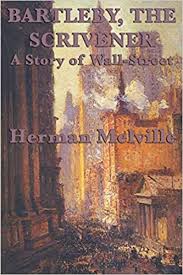
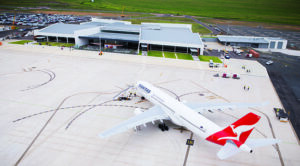
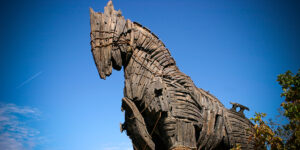


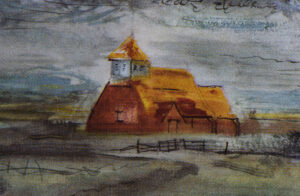



 Comfortably intermingled with Christian rhetoric and these Christian icons were explicit symbols of white supremacy. Outside the Capitol, Trump supporters erected a large wooden gallows with a bright orange noose ominously dangling from the center. These Trump supporters managed to do something the Confederate army was never able to accomplish — fly the Confederate battle flag inside the U.S. Capitol. One widely shared image showed a rioter with the Confederate flag strolling past a portrait of William H. Seward, an anti-slavery advocate and Abraham Lincoln’s secretary of state, who was seriously wounded as part of the broad assassination plot in 1865 that killed Lincoln.
Comfortably intermingled with Christian rhetoric and these Christian icons were explicit symbols of white supremacy. Outside the Capitol, Trump supporters erected a large wooden gallows with a bright orange noose ominously dangling from the center. These Trump supporters managed to do something the Confederate army was never able to accomplish — fly the Confederate battle flag inside the U.S. Capitol. One widely shared image showed a rioter with the Confederate flag strolling past a portrait of William H. Seward, an anti-slavery advocate and Abraham Lincoln’s secretary of state, who was seriously wounded as part of the broad assassination plot in 1865 that killed Lincoln.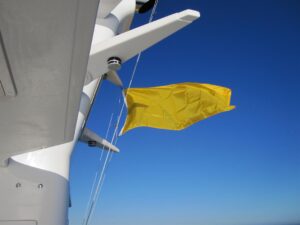
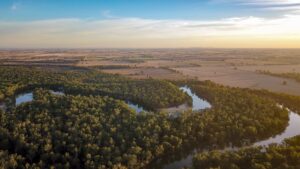
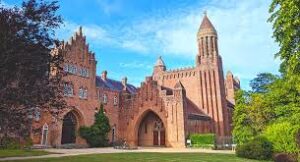
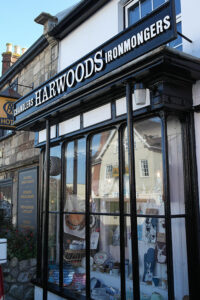 Winter means virtually no tourists. We thus were able to move about and find that the next person was likely to be a Caulkhead, as the locals call themselves. When tourists arrive then the pace picks up and time to chat to find out why and how the island ticks diminishes. The ship’s chandler in Yarmouth – Harwoods – established in 1893 is a great place in which to ferret. We ended up with two models of working fishing boats, a couple of pennants and batteries. We resisted purchasing the brass clock and brass barometer, and one of the boats anyway turned out to be made in China. But who cares – the feeling of being in a seaside community, rather than being a working fishing village was strong.
Winter means virtually no tourists. We thus were able to move about and find that the next person was likely to be a Caulkhead, as the locals call themselves. When tourists arrive then the pace picks up and time to chat to find out why and how the island ticks diminishes. The ship’s chandler in Yarmouth – Harwoods – established in 1893 is a great place in which to ferret. We ended up with two models of working fishing boats, a couple of pennants and batteries. We resisted purchasing the brass clock and brass barometer, and one of the boats anyway turned out to be made in China. But who cares – the feeling of being in a seaside community, rather than being a working fishing village was strong.